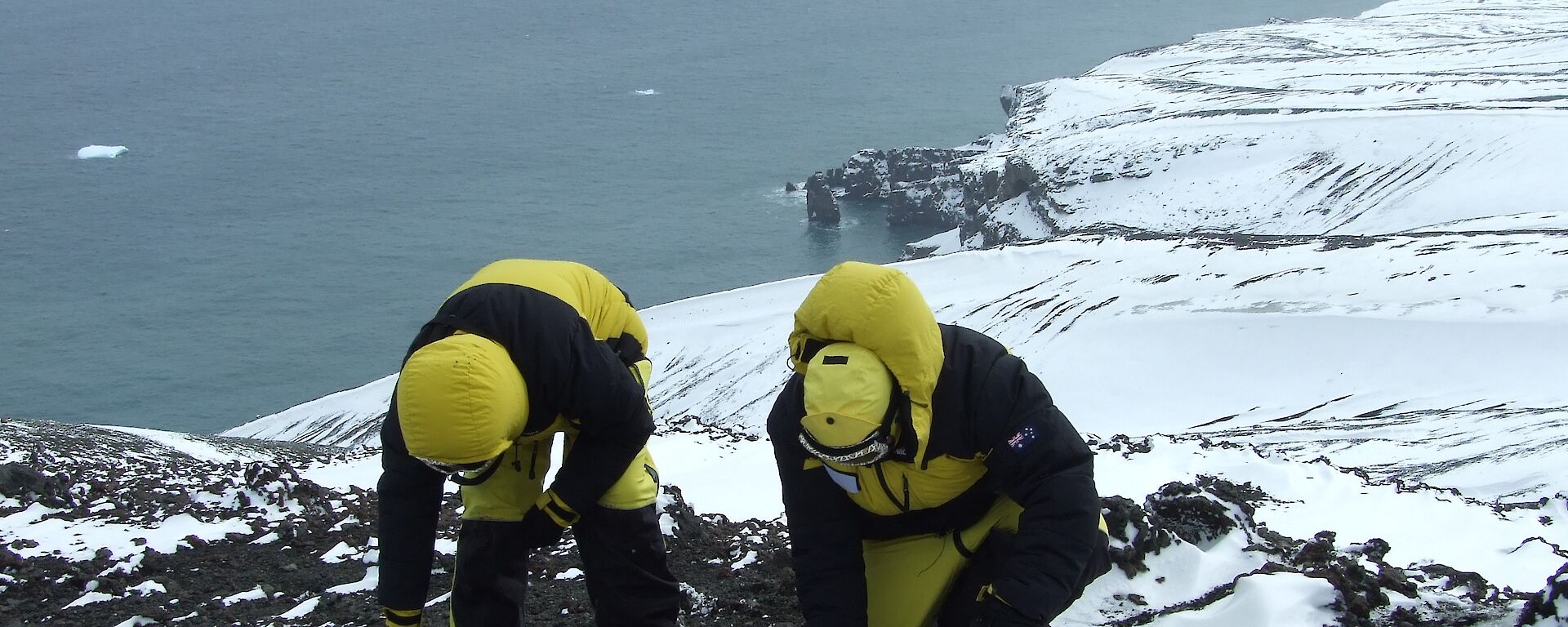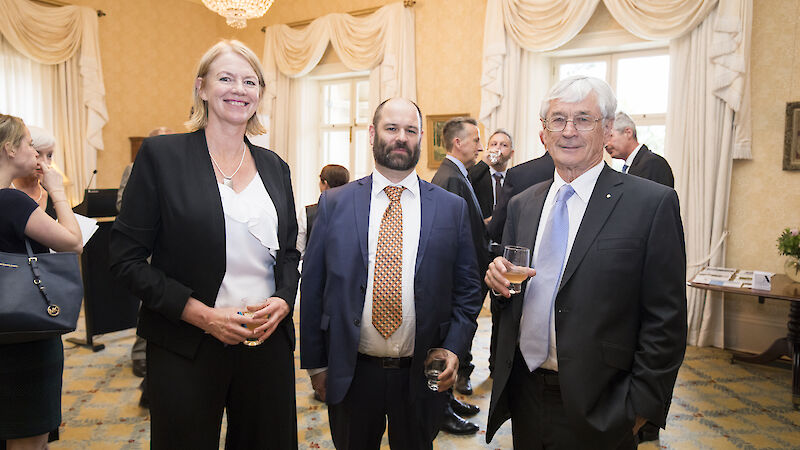More than 100 years later the Antarctic Science Foundation (ASF) is bringing together tomorrow’s science leaders, entrepreneurs and philanthropists in partnership to support Antarctic, sub-Antarctic and Southern Ocean ecosystems and climate research, the polar technology that enables it, and the public outreach and education required to achieve global understanding of the importance of this region and what it tells us about our planet.
The ASF is an independent environmental charity that evolved from an initiative in the 2016 Australian Antarctic Strategy and 20 Year Action Plan,to reinvigorate Antarctic science by building private-public partnerships. Its establishment in 2018 has been aided by an injection of funds from a generous philanthropist, its founding Board, support from the Australian Government, and the hard work of Australian Antarctic Division staff.
We have launched two founding donor initiatives to help build the ASF: the 32/107 Founding Donors’ Club,for individuals who join in 2019, and Trailblazers10 Corporate Sponsorship, for the first 10 companies to support the Foundation. Both initiatives bring with them lifetime recognition and involvement in future activities and events. The Trailblazers10 also offers an opportunity for businesses to work jointly with the Foundation in Antarctic endeavours.
There are also a number of projects that are ready for funding. Unlocking the secrets of the seabed using ancient DNA; Keeping it cool when the temperature is rising; and Using bacterial hitchhikers to better understand Antarctic krill, are three of the projects identified through our expressions of interest process, undertaken by our science committee on behalf of the Board. Our database of potential projects is growing strongly, but the quality of the science and the interests of donors will determine which get funded.
The ASF is open to funding a range of quality science projects that align with our purpose and that do not duplicate work already funded under the Australian Antarctic Science Program. The more ground (or ice) breaking the better!
The Foundation is developing strategic partnerships with aligned research, professional and corporate organisations, but the Australian Antarctic Division remains our major public partner. We rely on its reputation and resources, and particularly its people. As in all good partnerships the ASF is important to the Antarctic Division too, particularly at this critical time when Government investment and focus is on modernisation of infrastructure. The ASF can play a role in investing in, and promoting the importance of science — which many describe as the “currency” of influence in Antarctica.
To find out more about how you can get involved contact info@asf.aq or visit www.antarcticsciencefoundation.org
Chrissie Trousselot
ASF Executive Director



